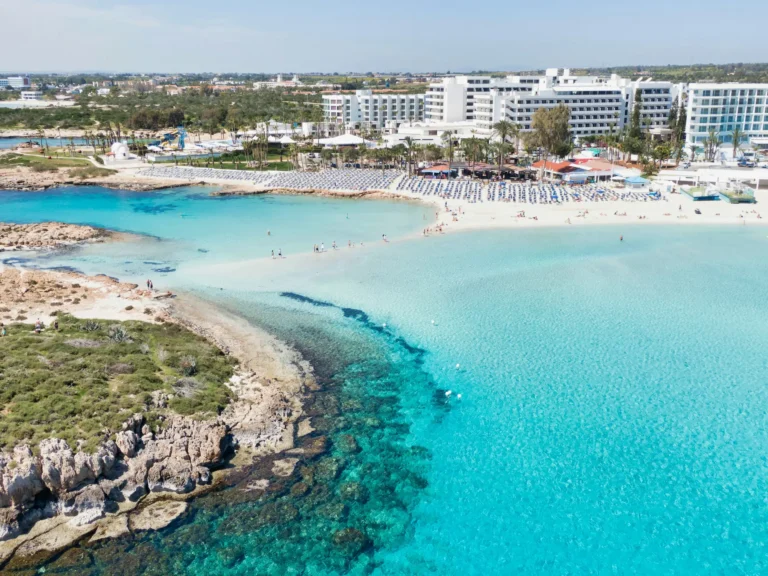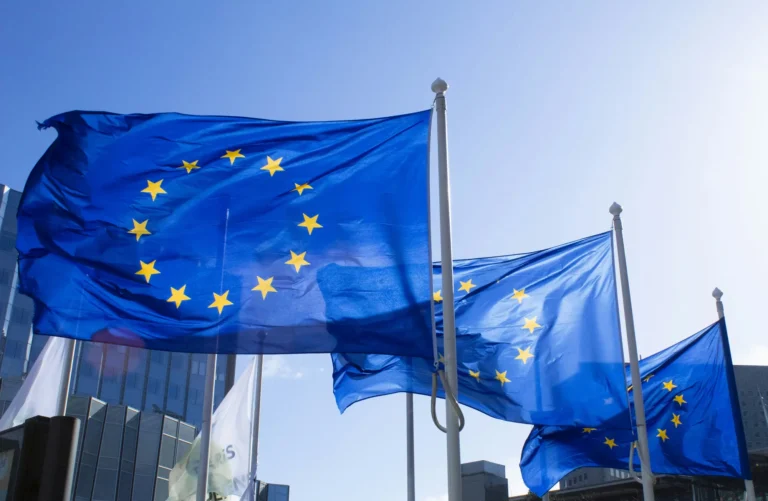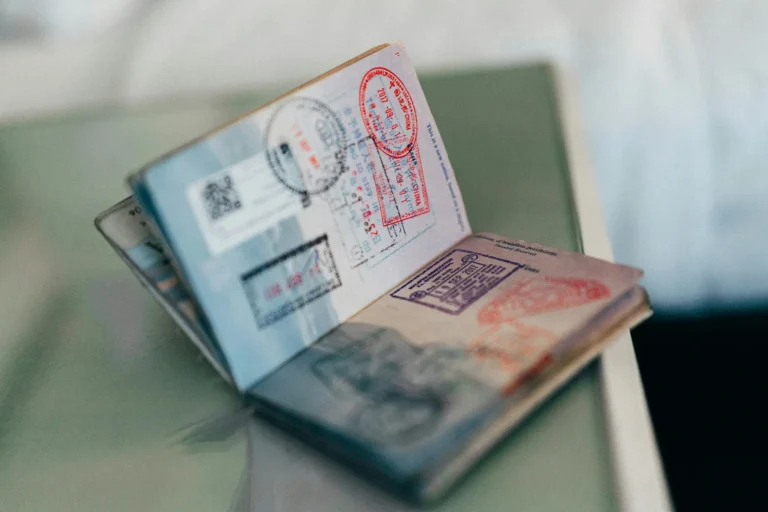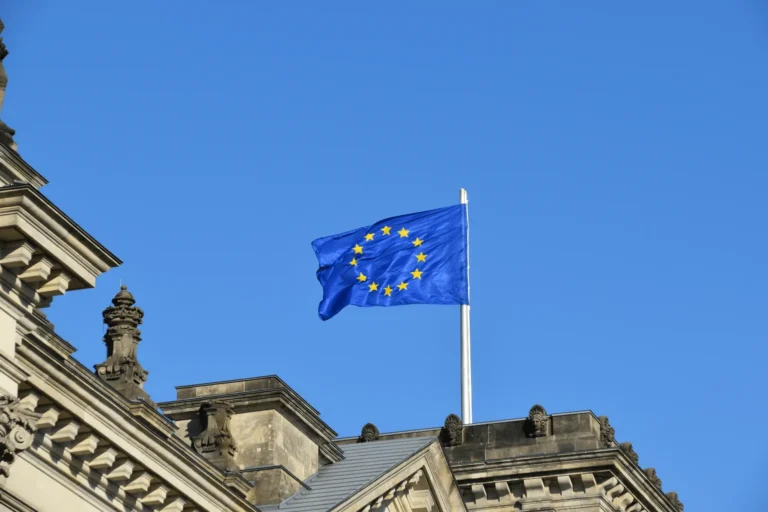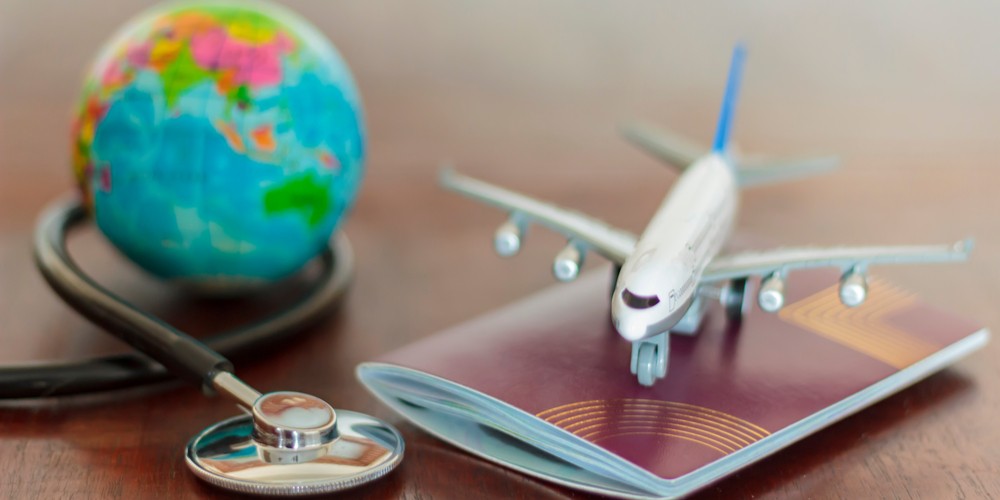
The incidence of the coronavirus pandemic, which has killed thousands of people around the world, continues to rise. At a time when the number of infections has reached 3 million, and more than two hundred thousand people have died, leaving home has become even riskier. Although staying at home may not seem difficult to many of us at first, now we all find it challenging. Many travel plans have been canceled due to the pandemic. The tourism sector has come to a standstill because of the coronavirus pandemic. Unfortunately, people who made travel plans a month ago are now wondering when they will be able to get on the plane. Of course, as travel-lovers, we can go on a visual journey by reading travel books and watching movies to avoid boredom. However, it is undeniable that this visual journey cannot give the pleasure and comfort of a real trip. Dead sure, as a travel enthusiast, you have already made and continue to make travel plans. Since we spend the whole day at home, even people who do not travel much have started to make travel plans. During our stay at home, almost all of us have common questions: How long will we stay at home? When will we be able to travel again?
We will probably never know the exact answer to these questions until that moment arrives. The reason is that the rate and spread of the virus is not the same in every country. According to experts, a vaccine should be found to prevent the spread of the coronavirus pandemic, i.e., until then, the virus will always be among us, and we will not be able to get rid of it completely. It means that to travel until the vaccine is found is very risky. Vaccination will be possible after at least one year. However, if the spread of the virus can be prevented, and states can control it, we will probably not have to wait for the vaccine to be found, and the risk will be minimal. Therefore, let’s look at a brief analysis of the impact of the virus on countries. Recently, the number of cases in Europe, the center of the virus, has been still growing.

In particular, Spain, Italy, France, Germany, and England are at the forefront. Britain has extended the quarantine regime for another three weeks, which means that quarantine measures will continue in the country until mid-May. Thousands of such cases are registered in Turkey, neighboring Iran, and Russia. The number of infections in the US, which has become the center of the virus in recent weeks, has reached record levels. The number of infected people has reached one million and continues to overgrow in the US, where the spread of the coronavirus pandemic is tough to prevent. Therefore, it will be impossible to travel to these countries for a long time. Unlike in Europe, America, and our neighboring countries, the situation in Asia is relatively better. In China, the country where the virus first appeared, the incidence of infection has dropped dramatically, and people have returned to a healthy life. Japan and South Korea can be given as an example. Of course, there are countries in Asia where the situation is critical and approaching this level. India, where the incidence of infections has recently increased, is an example. As the incidence of the Covid-19 pandemic decreases in some countries, governments are lifting some bans and allowing some schools, shops, and public places to open. The rightness of this decision in the current situation is questionable. Of course, whether this is true or not varies from country to country. For instance, bookstores and children’s clothing stores are opening in Italy despite the rapid rise in infections. Spain, unlike Italy, declared that the shops would remain closed for some time. However, when Spanish factory workers returned to work, Italian factories (excluding pharmaceutical and food processing plants) are still closed.
Although it is mandatory to wear a mask when going out in the Czech Republic, this is not the case in Denmark. At the same time, Denmark decided to open schools when there was a decrease in the number of new evidence. However, this decision has drawn criticism from the people. Danish Prime Minister Mette Frederiksen commented on the decision: “If we open schools now, the infection will increase sharply again, and we will have to return to strict quarantine.” We probably agree with Mette Frederiksen. We must not rush to travel quickly; otherwise, the date to travel again may be extended. Regarding travel, the European Commission said: “We should not rush to make holiday plans yet. At present, no one can give an accurate and reliable forecast for July and August.”
As it is clear from the brief analysis, it seems very difficult for international tourism to return to its previous state and to travel to any country quickly. That is, when and where we can go to varies depending on each country.


